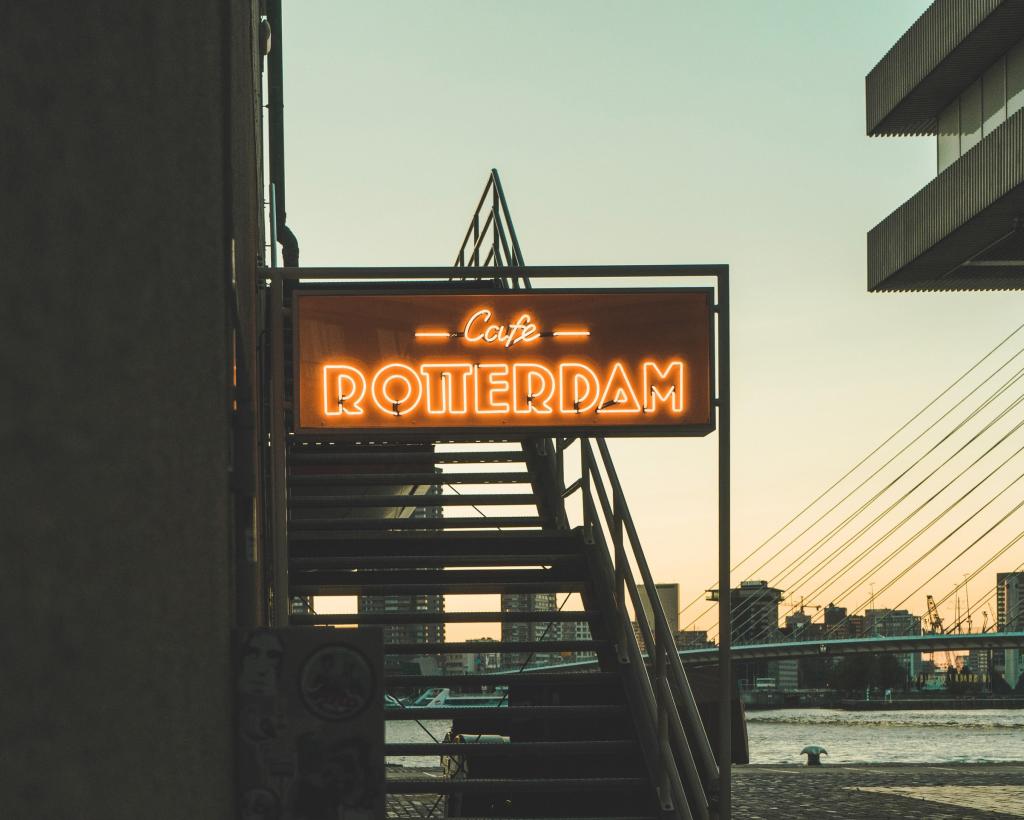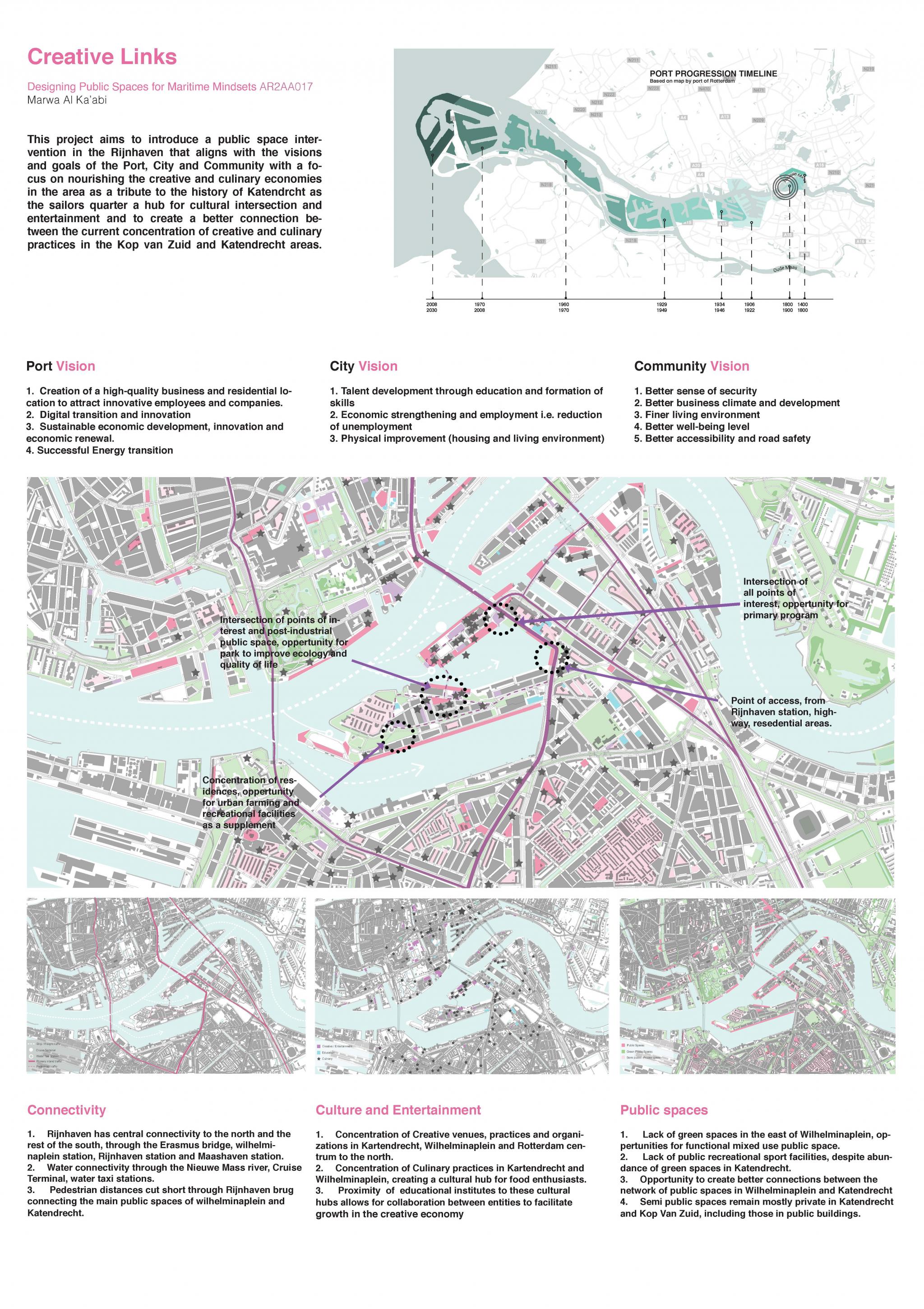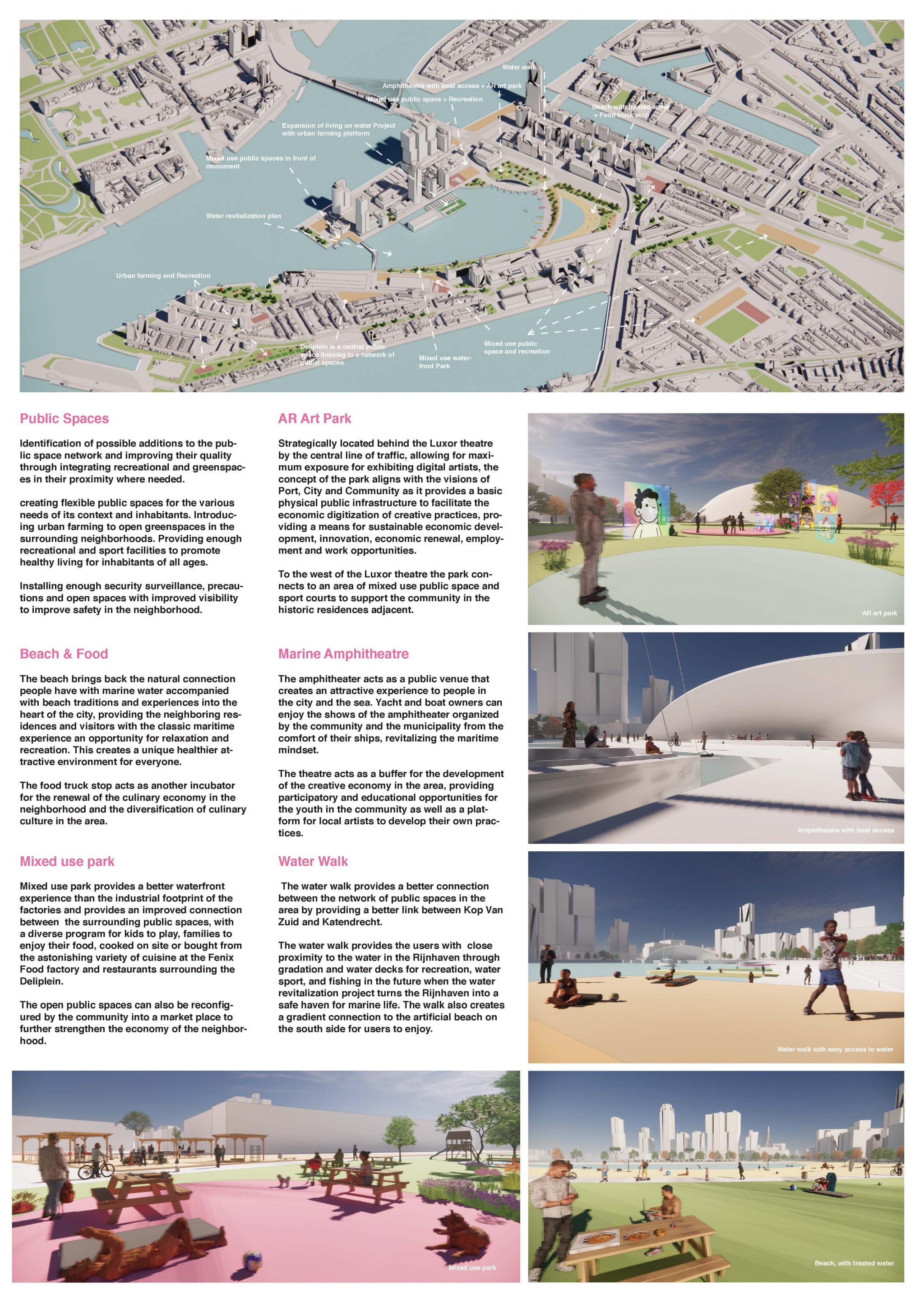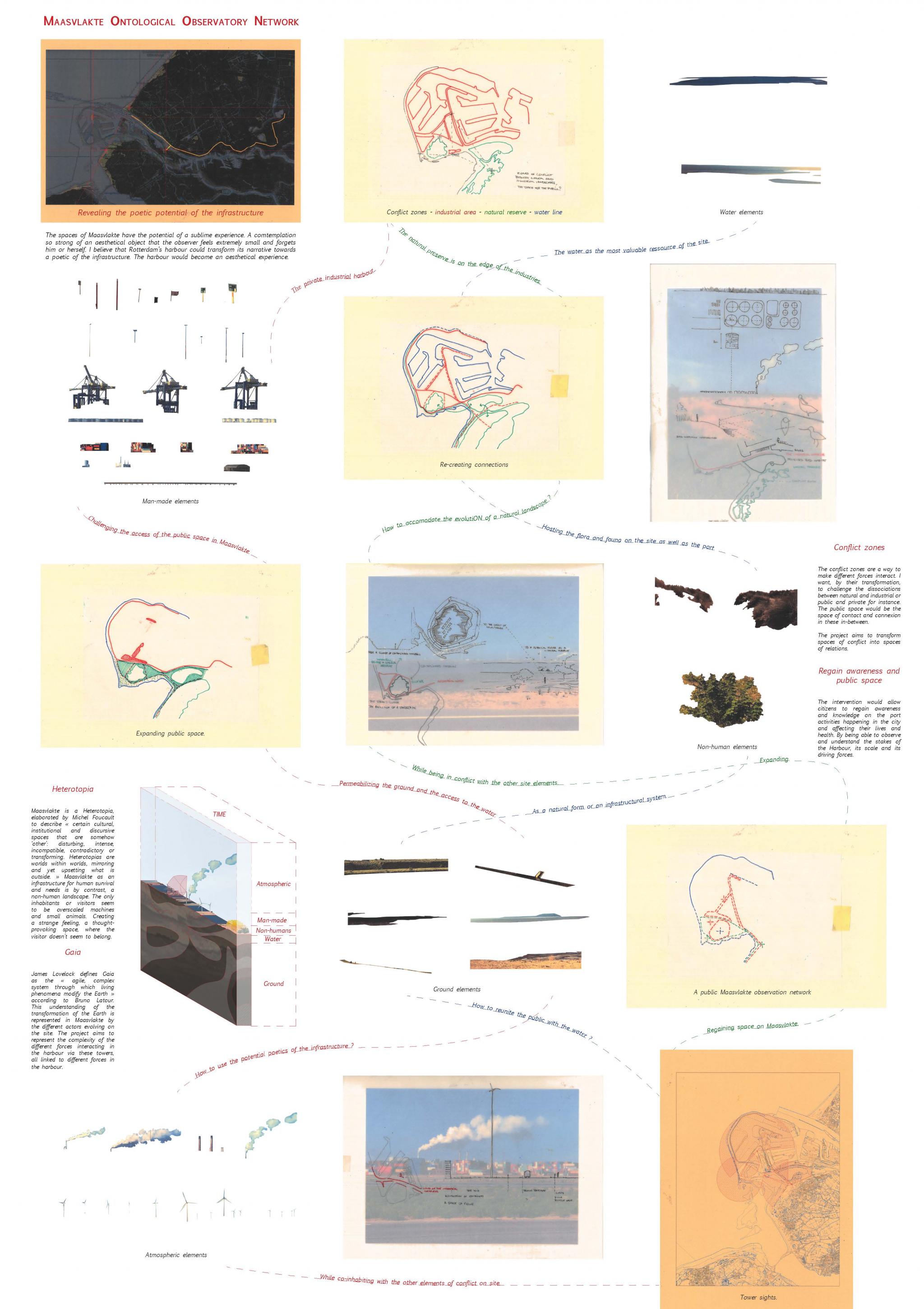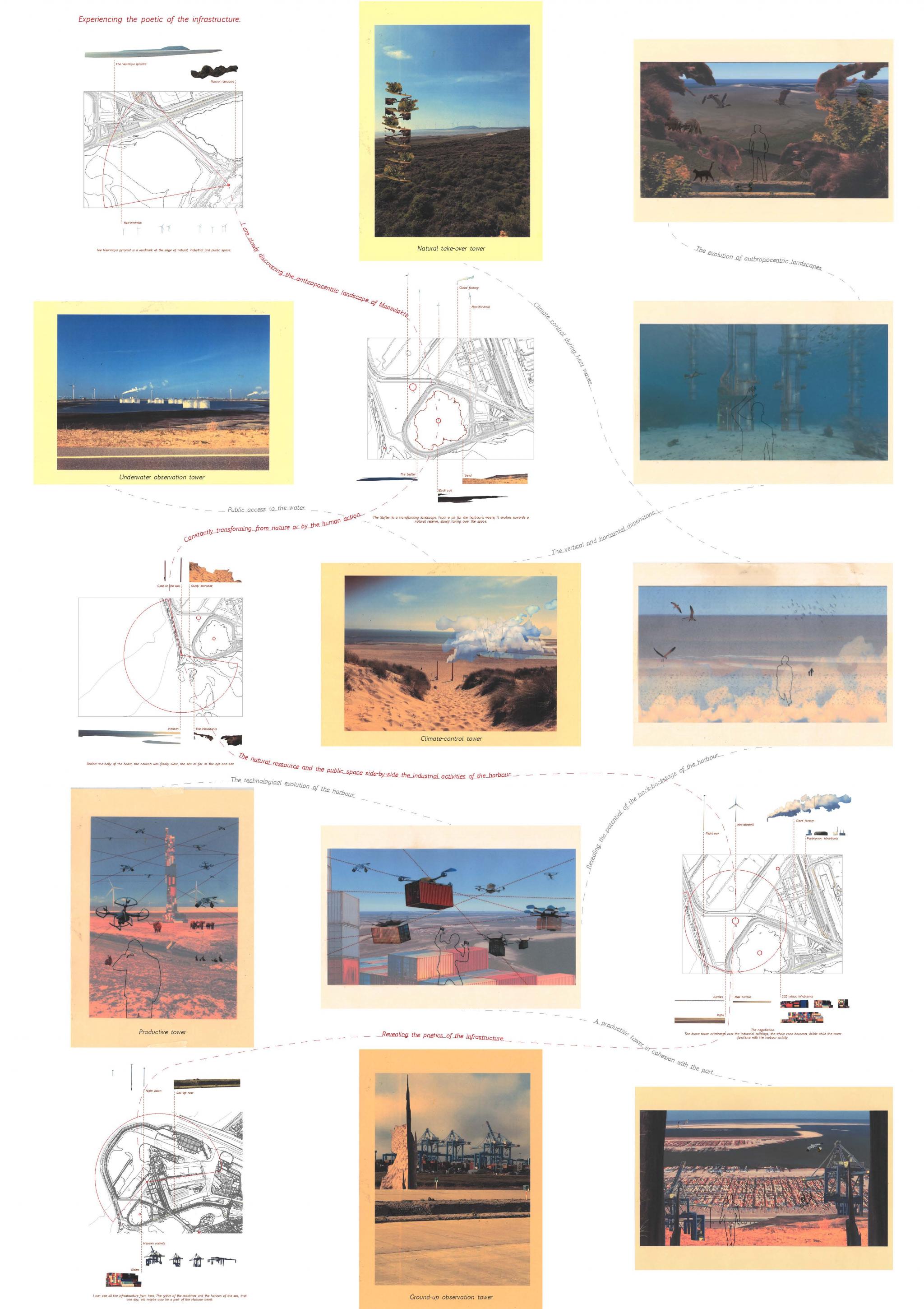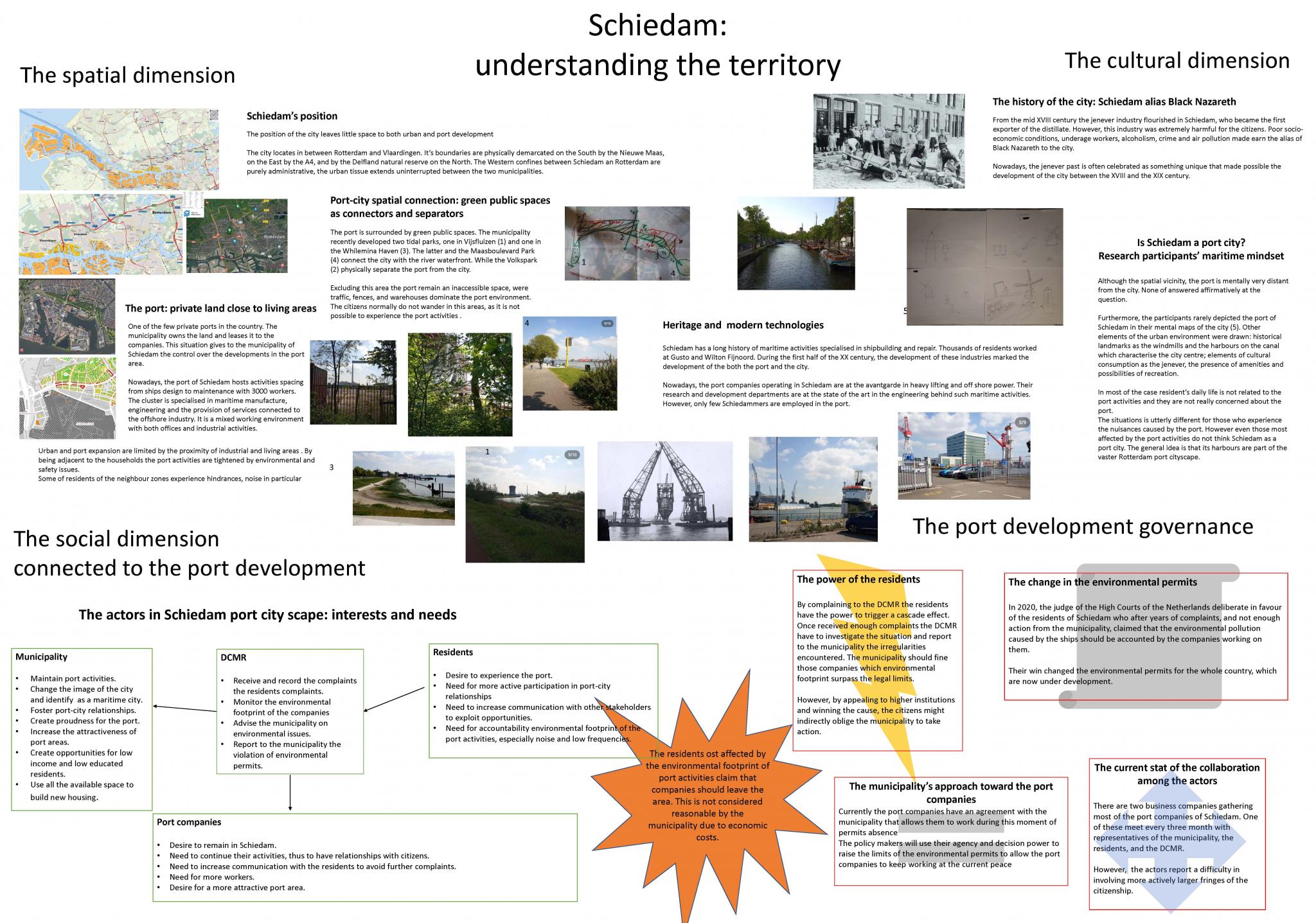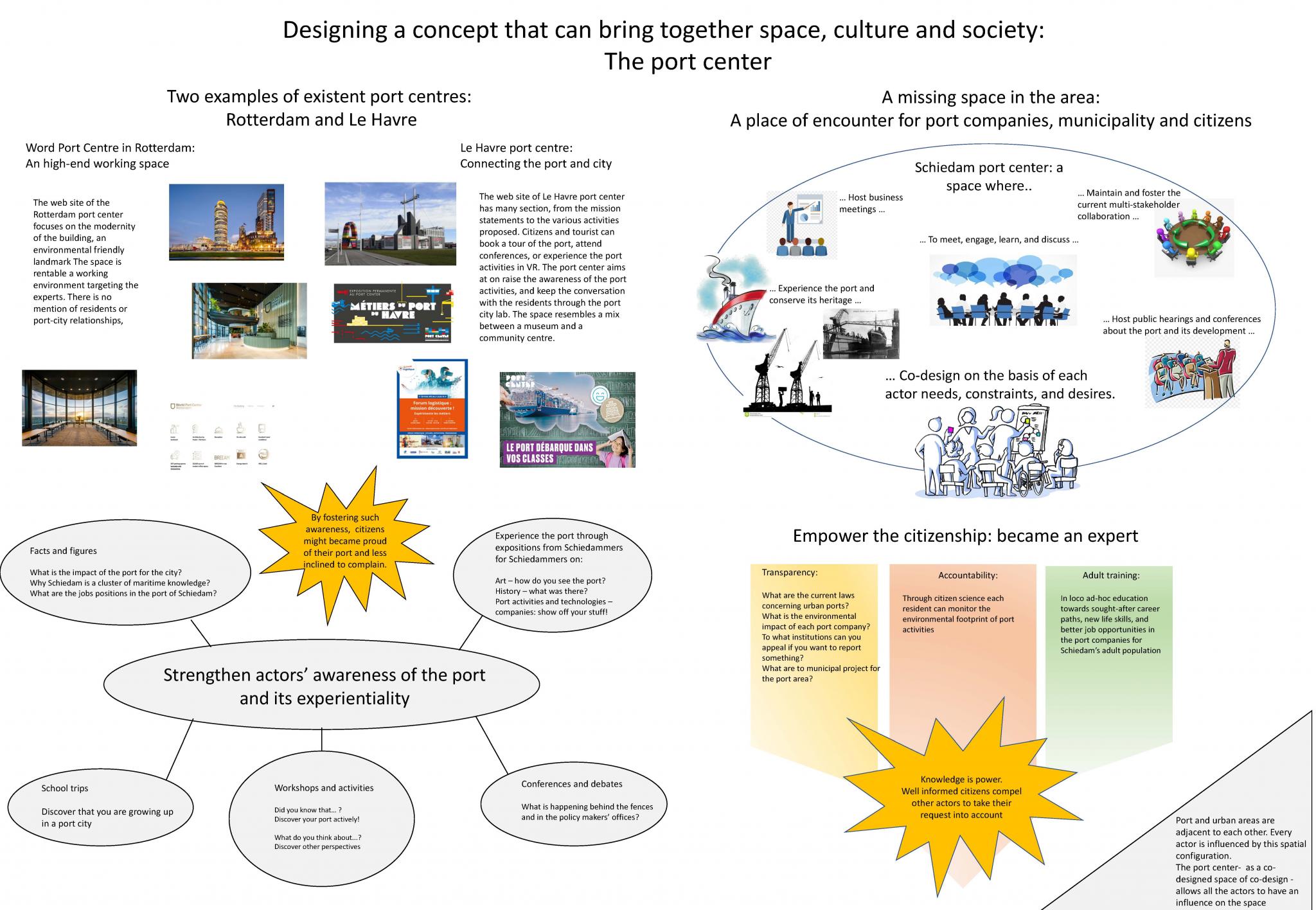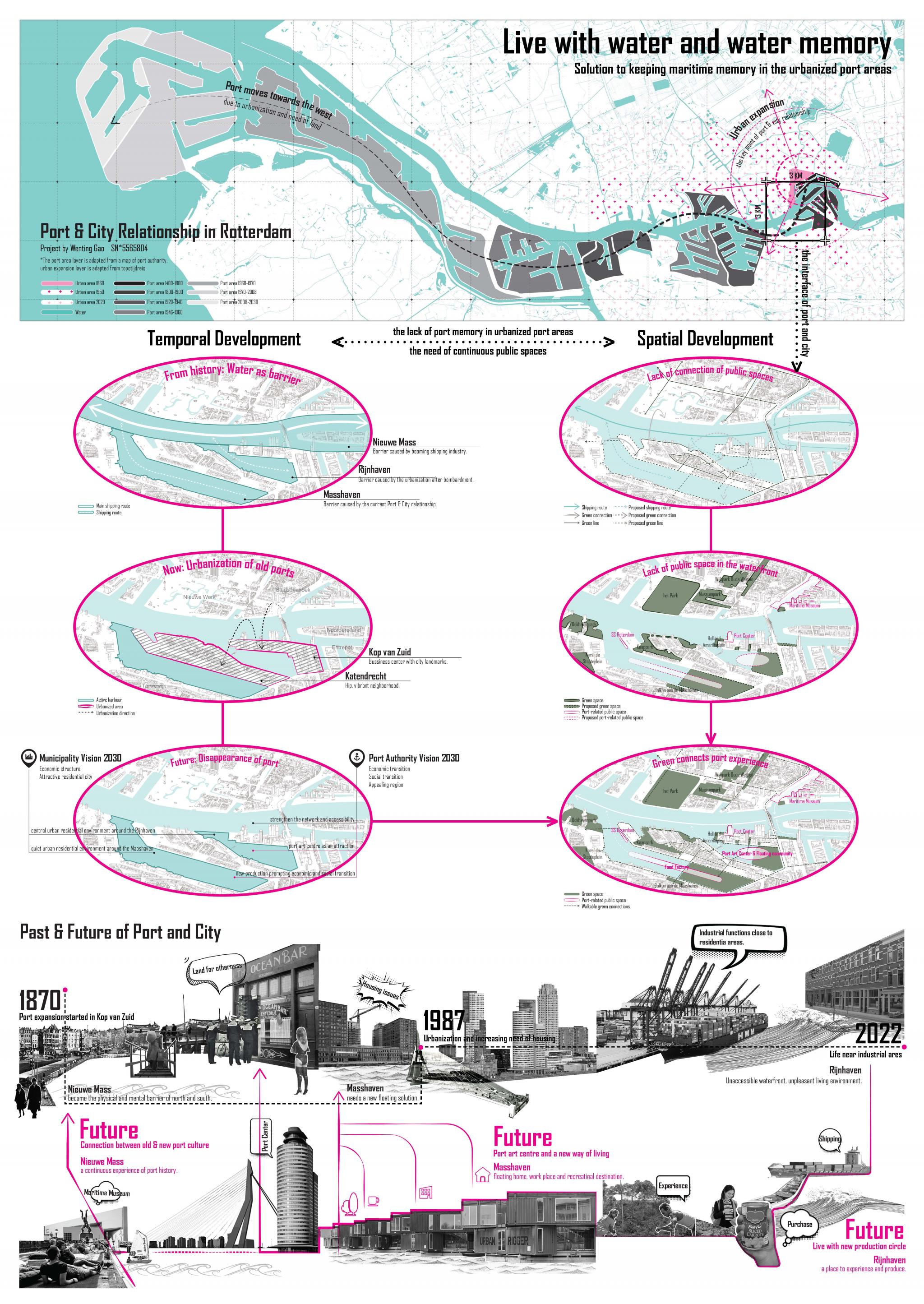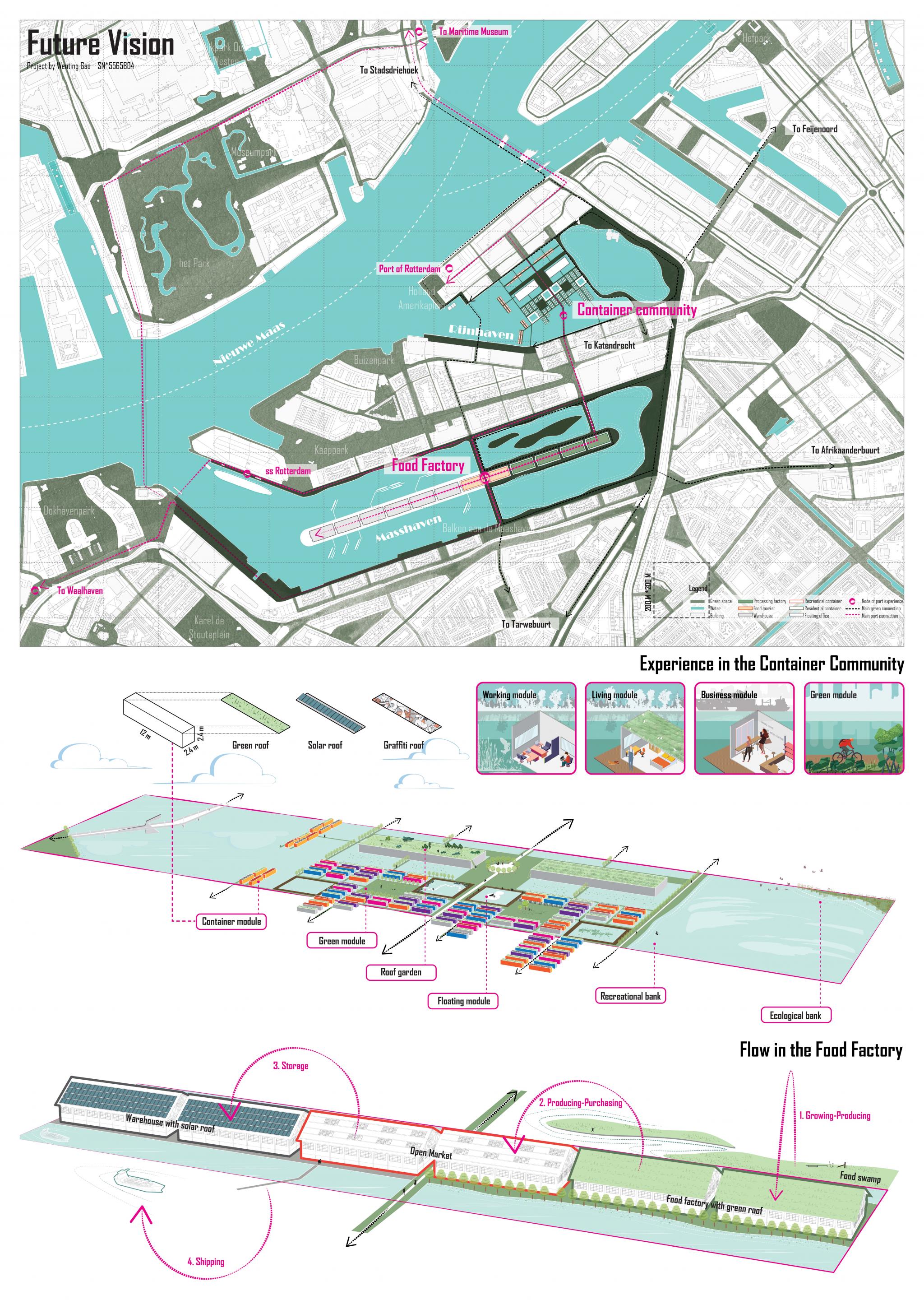Ports have long been the seaward faces of cities; traders, shippers and other maritime businesses helped shape the heart of many cities, the market place, the stock exchange or coffee shops are examples of this historical connection between port and city. However, since industrialization, ports have progressively lost their dual nature of landscape and urban space to become places of logistics and infrastructure on a global scale, a sectoral machine that has moved away from historic centers and consequently also from the everyday practices and collective imagination of the inhabitants. To tackle current challenges, ports, cities and territories have to collaborate around shared maritime awareness and rebuild their traditional role as maritime hubs. Iconic places have characterized the areas of intersection between the port and the city for centuries such as port warehouses, factories, shipyards, but also large market spaces, cafes and public spaces on the water have served as agents of port city development. These places can still provide an important cultural, spatial and social reference, but how can we provide the stakeholders of contemporary port city territories with places, buildings and structures to facilitate shared maritime awareness and places to develop circular and sustainable practices for (re)building the port city ecosystem?
This course argues that we need to build upon new theoretical approaches which are more water oriented such as extended urbanisation (Brenner/ Schmidt) and urbanisation of the sea to explore port cities as nodes in the sea-land continuum and to use this theoretical and historical understanding as a foundation for developing new maritime mindsets to design public spaces, from squares to coffee shops. The course is thus designed for students to investigate the role of public spaces in the creation of more sustainable port city territories by connecting space, society, and culture through short, medium and long-term scenarios. The exploration of long-term developments will help us understand and redesign the terms and practices of architectural and urban design for sustainable port city territories. Rotterdam will serve as our point of departure and will be explored in combination with a foreign port city. More specifically, the course will investigate Rotterdam as an emblematic case where new port-related economies are intertwined with new forms of living and using public spaces at the edge of land and sea. Using mapping, historical investigation, interviews, and first-hand observation as our analytical and methodological approaches, we will acknowledge different scales and invite students to design at the architectural, neighbourhood, or regional scale, allowing for interdisciplinary collaboration.
Coordinators:
Paolo de Martino
Carola Hein
Maurice Harteveld
In the following exposition, you find the work of students who have completed the course.

